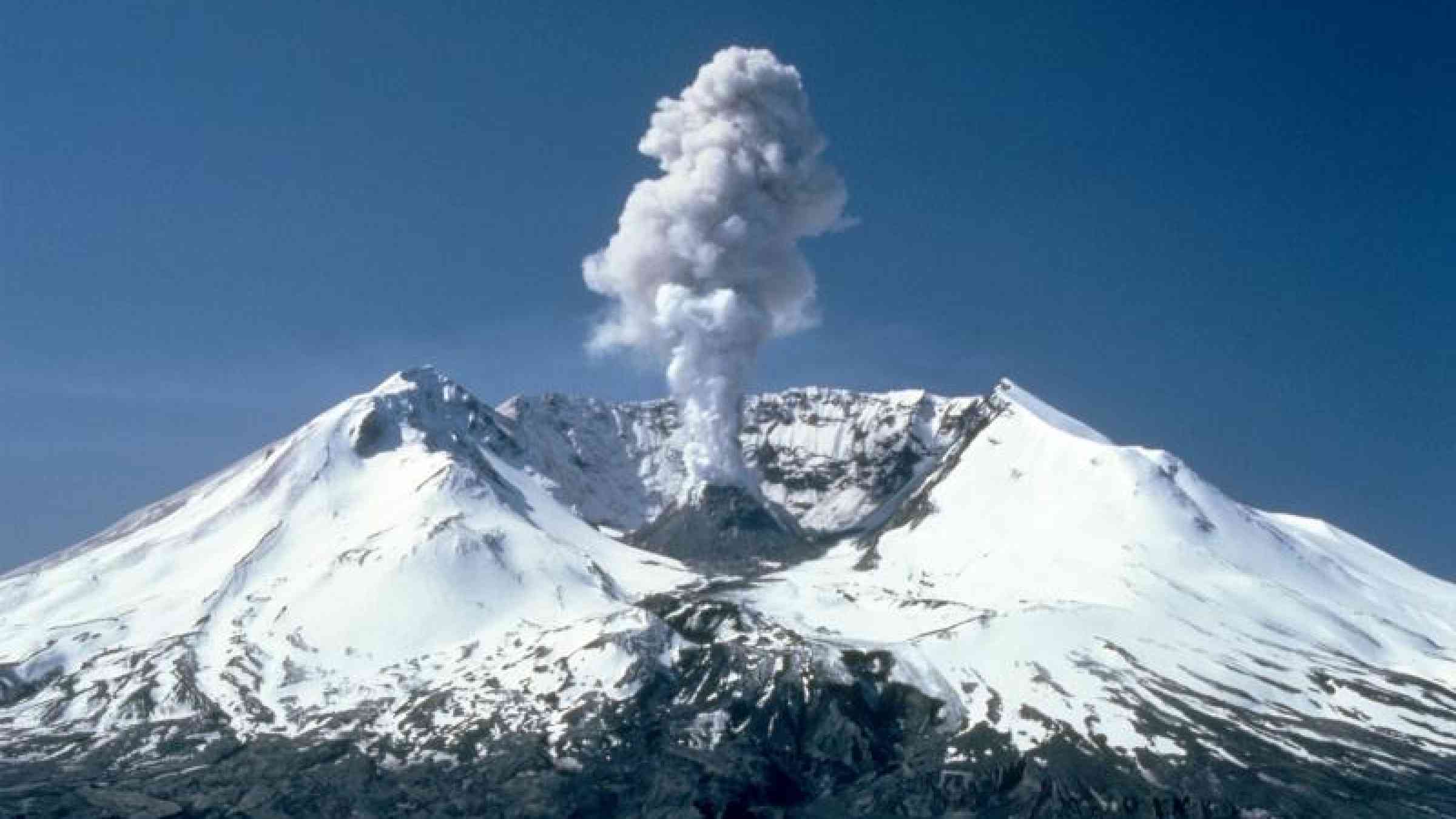Hurricanes, floods and volcanoes bring Americas together to tackle risk

By Mami Mizutori
Twenty years after Hurricane Mitch claimed thousands of lives across Central America, it is now common practice for the countries of the Americas to come together every two years to discuss prevention and how to build resilience to extreme events, both weather and non-weather related.
On this occasion, they will gather in Cartagena, Colombia, against the tragic backdrop of the volcanic eruption which has cost so many lives in nearby Guatemala, left thousands homeless and focused attention once more on how to reduce disaster risk across the region.
Last year alone, hundreds died and millions were left homeless or displaced largely due to an extremely destructive Atlantic hurricane season, notably in the Caribbean.
Major floods affected Brazil, Canada, Colombia, Guatemala, Peru and the United States. Mexico was struck by two strong earthquakes. The largest wildfire in California’s history caused insured losses of $2.27 billion. Canada and Chile were also affected by wildfires which may be on the rise in a warming and more drought-prone world.
As governments across the region ratchet up their efforts to protect their citizens, particularly from the growing number of extreme weather events, it is clear that numerous risk drivers are making that challenge more formidable with each passing day.
Climate change is a huge concern in a region which gives birth to the extreme weather systems known as El Niño and La Niña and often suffers their worst impacts. Investment requirements for disaster risk reduction and climate change adaptation can rise considerably even if global warming is limited to 1.5˚C as recommended by the Paris Agreement.
Those most at risk in a warming world are those who live in situations of poverty, environmental risk, poor quality housing, and where risk governance and institutional capacity is weak.
The region has shown leadership in trying to address these drivers of risk in a coherent manner which joins the dots between implementation of the global plan to reduce disaster losses, the Sendai Framework for Disaster Risk Reduction 2015-2030, the Paris Agreement on climate change and the 17 Sustainable Development Goals (SDGs), particularly those focused on eradicating poverty, SDG1, building resilient cities and communities, SDG11, and action on climate, SDG13.
Further progress is expected this week when governments meet in Cartagena at the 6th Regional Platform for Disaster Risk Reduction in the Americas.
A key guiding principle for reducing disaster losses, is that you measure those losses in the first place. It seems obvious but not all countries do this. The UN Office for Disaster Risk Reduction continues to help 100 countries around the world with the development and maintenance of national disaster loss data bases and more need to join the effort.
A national disaster loss data base sets a benchmark against which countries can measure their progress in reducing disaster losses and can also be used as a guide to investment in disaster risk reduction to ensure that the investment is risk-informed and will deliver good returns.
It can lead to actions such as a new building code for earthquake prone regions, or environmental protection for coastal buffers such as mangrove forests, prohibitions on building in flood plains, or retrofitting schools and hospitals to withstand storms.
Capturing Data
A measure of how seriously this issue is being treated in the Americas is that this regional conference is the first of its kind to include participation from National Statistics Offices which have a vital role to play in ensuring that data on disaster-related mortality, numbers of people affected, economic losses and damage to critical infrastructure is properly captured to inform decision-making at the highest level. This work is vital to measuring progress on the SDGs.
Another exciting feature of this event is the participation of parliamentarians. The Americas leads the world in terms of putting in place legislative frameworks on disaster risk reduction. Argentina, Chile, Colombia, Costa Rica, Ecuador, Mexico, Nicaragua, Paraguay and Peru have aligned their approach to disaster risk management with the Sendai Framework targets and priorities.
Parliamentarians from different countries in the region are joining forces to recommend a parliamentarian protocol for legislation on disaster risk reduction.
Nothing in recent memory has brought home as forcefully as last year’s Atlantic hurricane season, how vulnerable coastal communities are to extreme weather events.
Latest research suggests that the death toll may have been significantly underestimated as it did not take account of the consequences of the hurricanes on the medical care of those reliant on transport links and an uninterrupted electricity supply for survival.
This will be a key issue to be examined when reviewing the 2017 Atlantic hurricane at the Regional Platform.
All this effort should lead to a significant increase in the number of countries with both national and local strategies for disaster risk reduction, which is one of the Sendai Framework’s seven targets and has a deadline of 2020. Achieving this target is crucial for the implementation of the Sendai Framework in its totality.
The enthusiasm for working at the local level is attested to by the fact that 1,800 cities and towns across the region participate in UNISDR’s Making Cities Resilient Campaign.
It is hoped that the interest generated by this conference and the participation of people from all 35 countries in the region will lead to a deep change in the way governments translate political commitment into real action and investment at the local level.
This will help create the paradigm shift sought by the Sendai Framework which is a switch in focus from managing disasters to managing the actual risks which lead to these events in the first place.